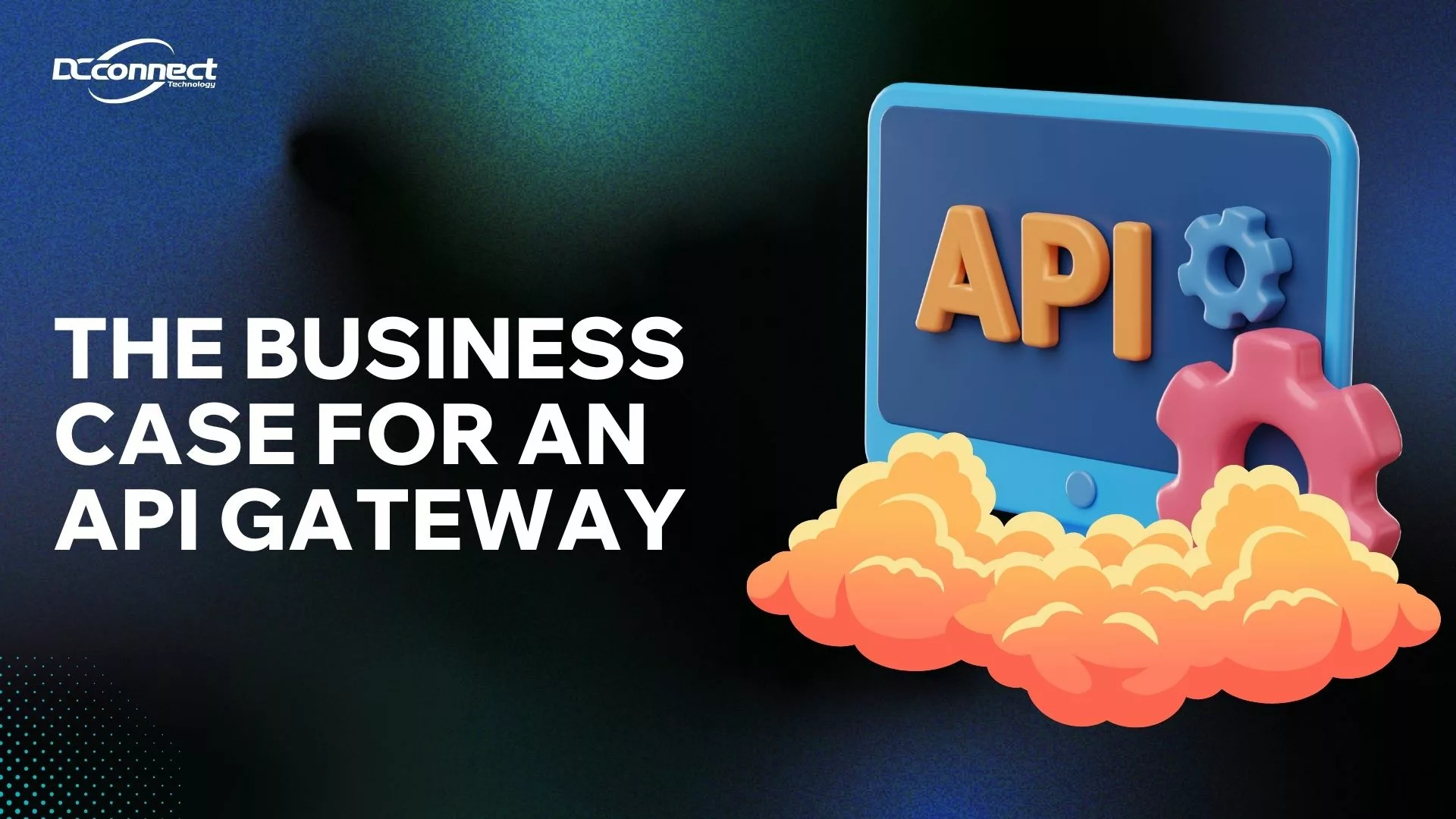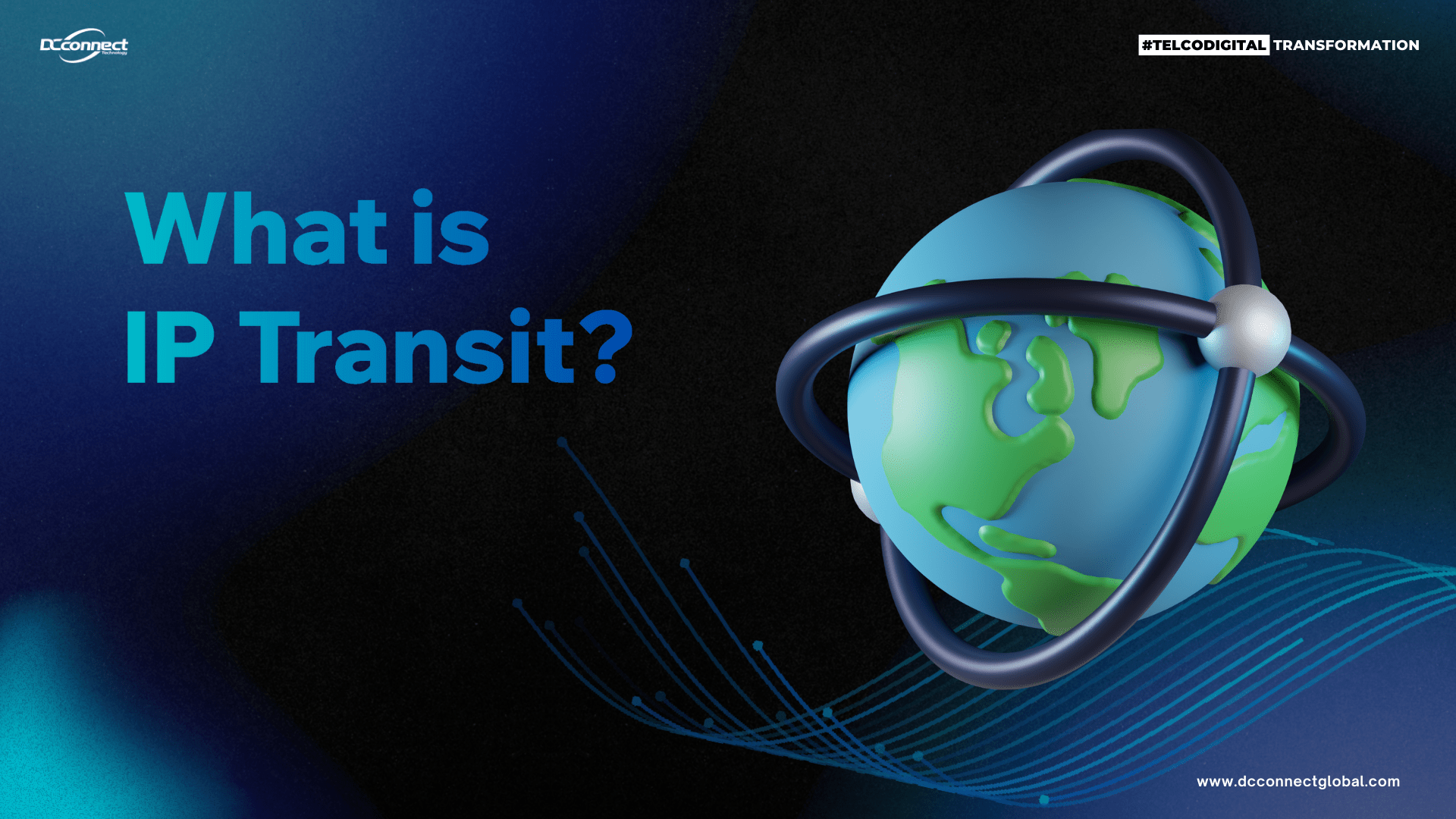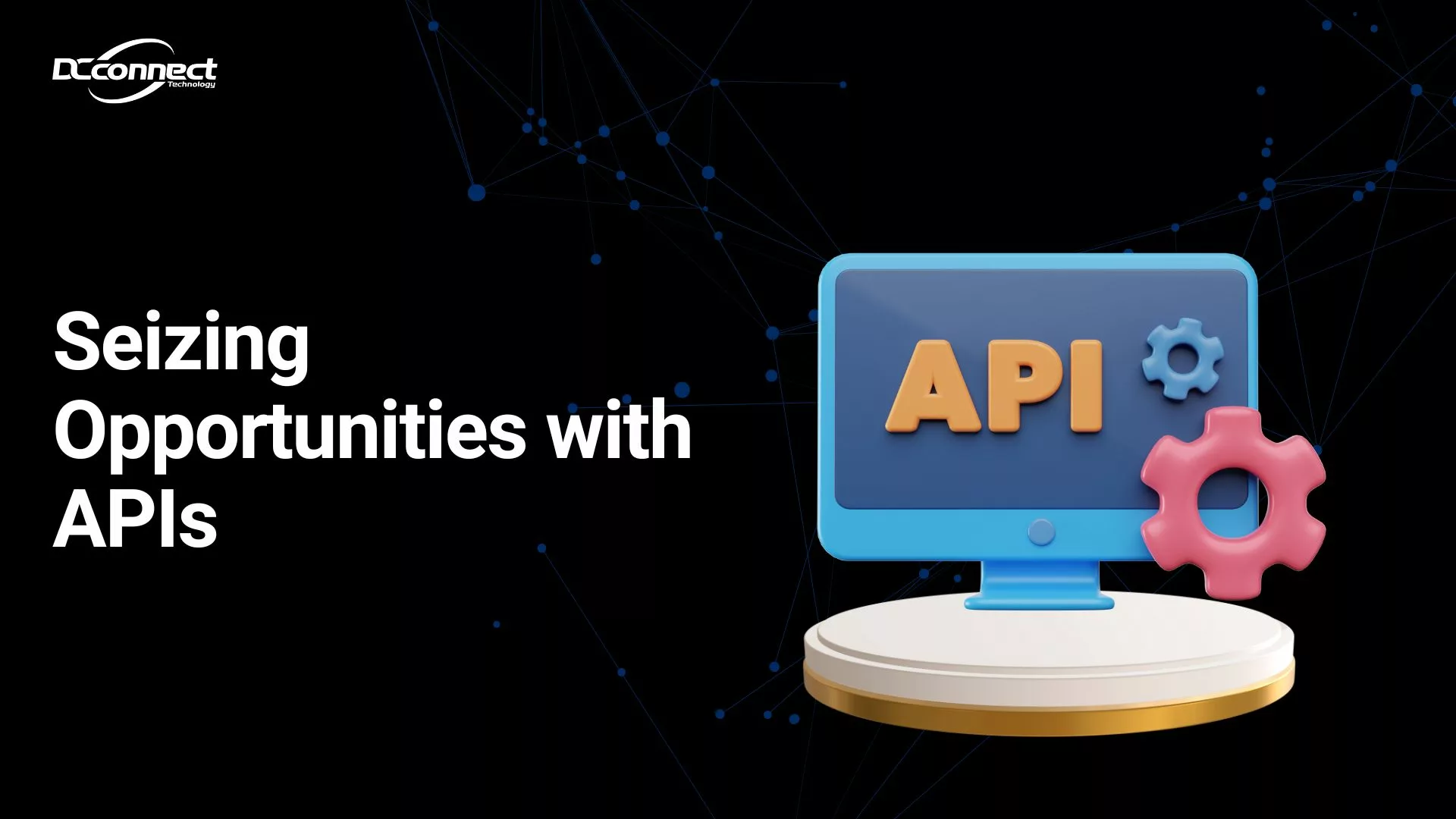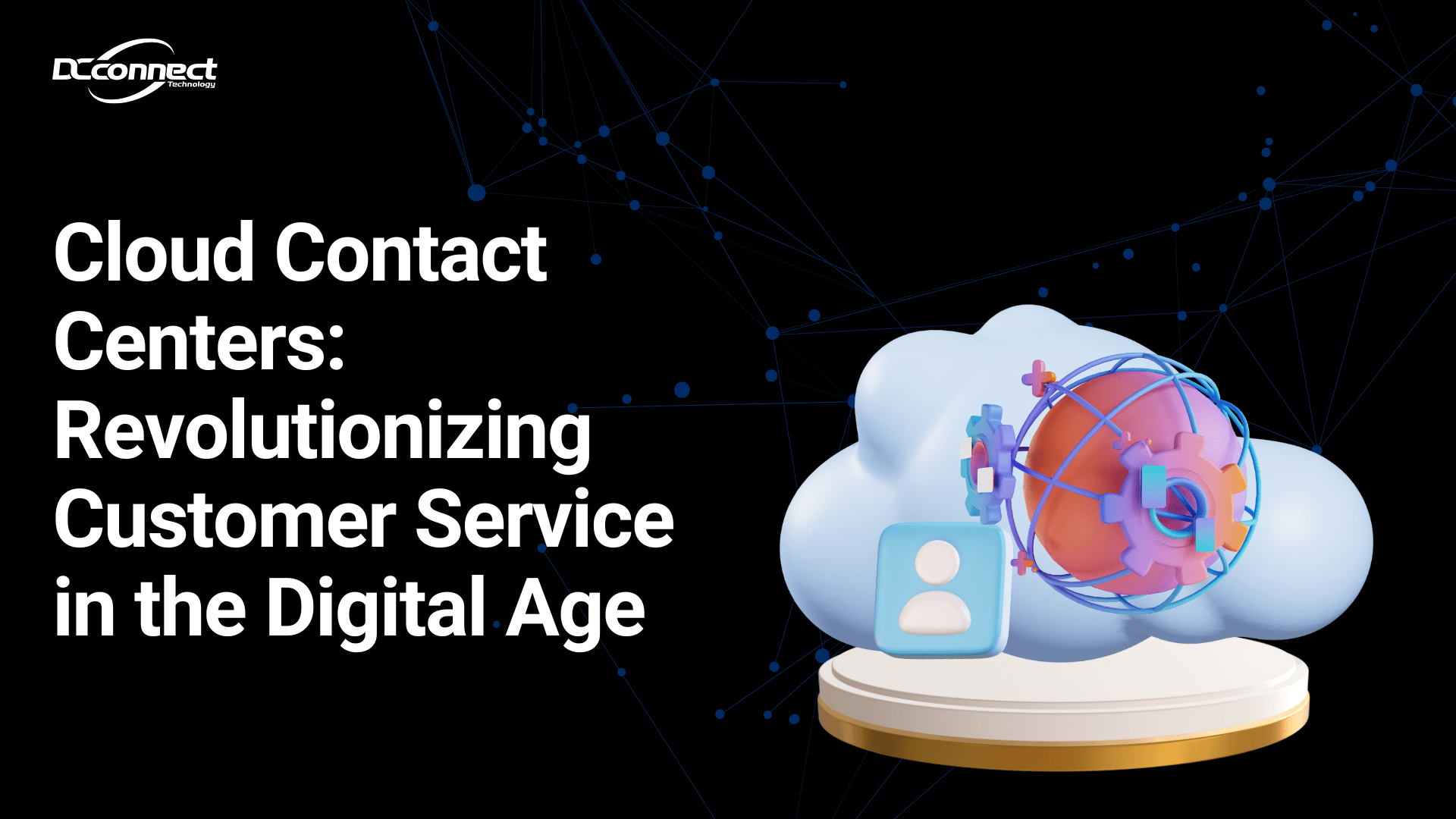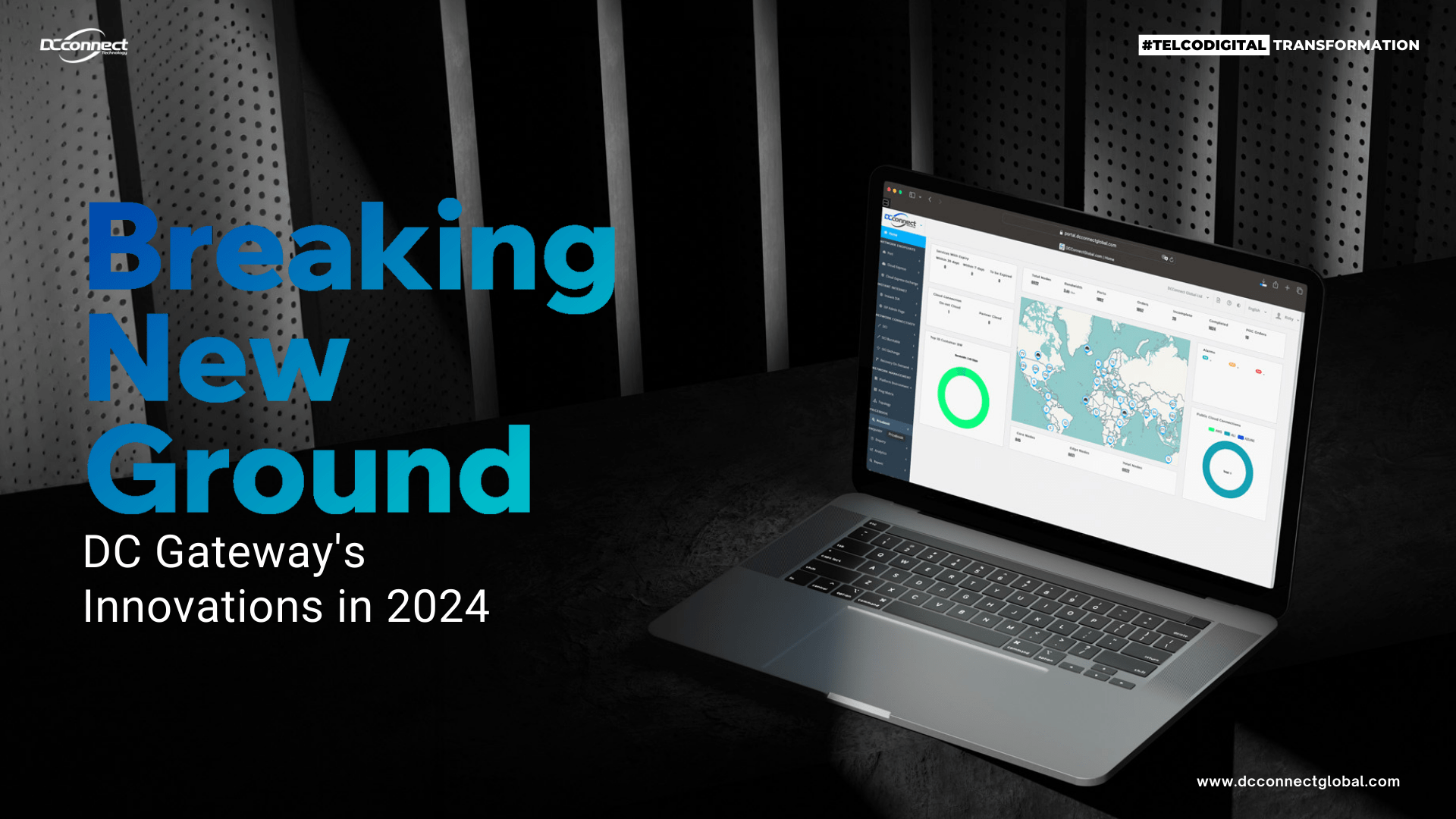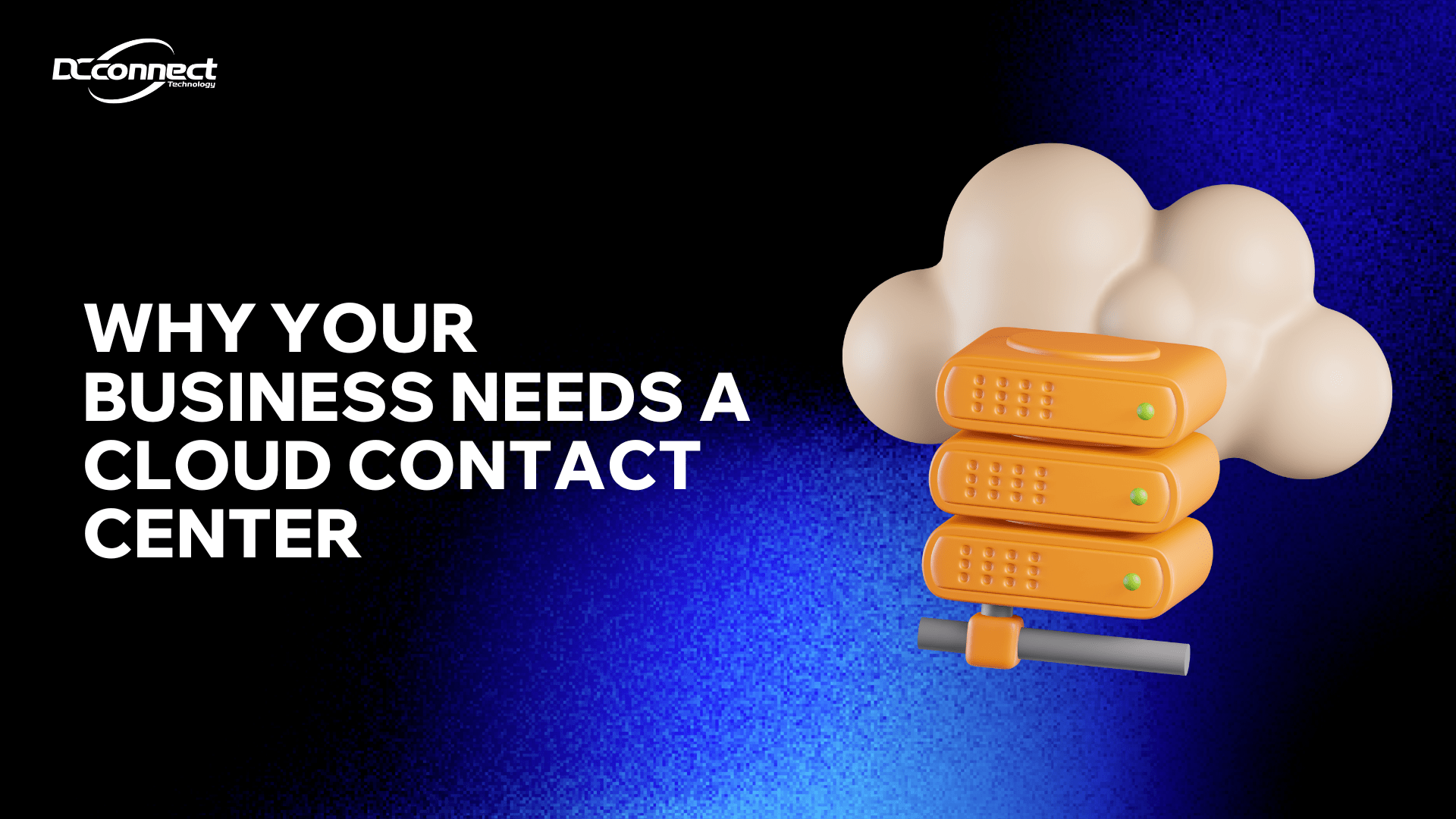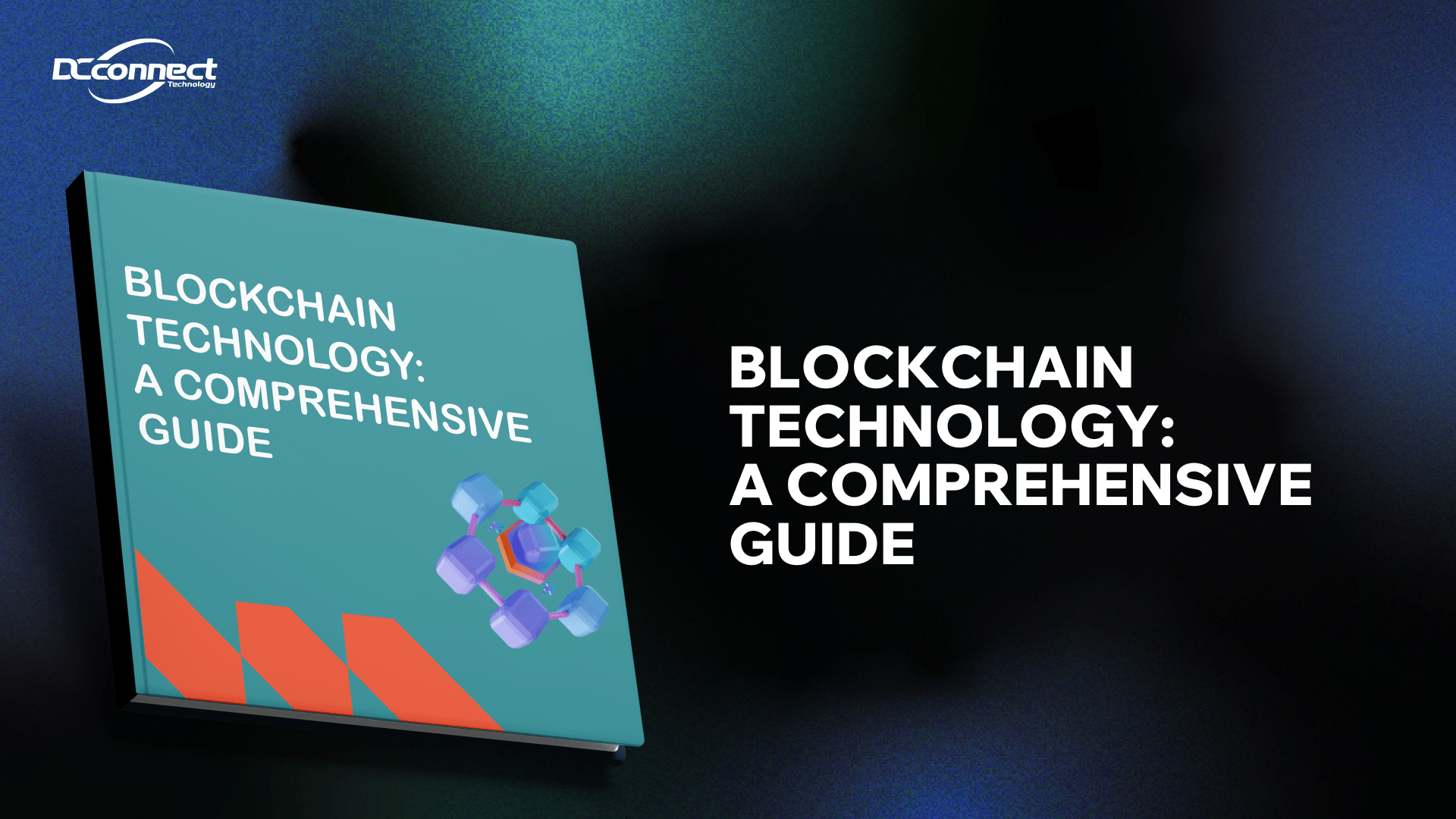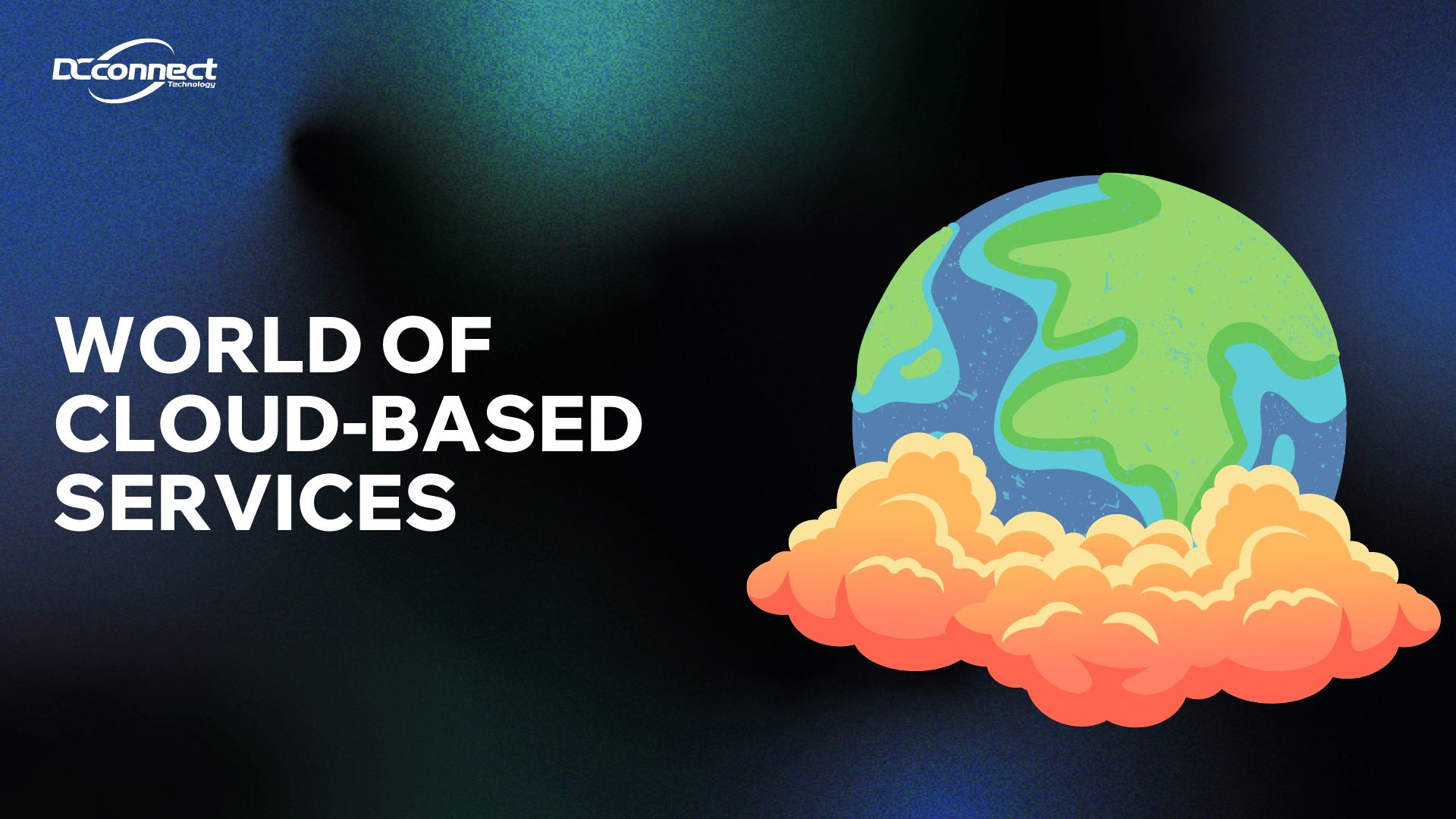In recent years, the term “Blockchain” has emerged as a buzzword across various industries. From finance to healthcare, from supply chain management to voting systems, the applications of blockchain technology seem boundless. But what exactly is blockchain, and why is it generating so much excitement? In this blog post, we’ll delve into the fundamentals of blockchain technology, its potential applications, and the challenges it faces. Understanding Blockchain: The Basics At its core, blockchain is a decentralized, distributed ledger technology. Unlike traditional centralized databases, where data is stored on a single server controlled by a central authority, blockchain distributes copies of its ledger across multiple computers, or nodes, within a network. Each block in the chain contains a set of transactions, and these blocks are linked together in a chronological order, forming a continuous chain. Key Components of Blockchain Applications of Blockchain Technology Cryptocurrencies: The most well-known application of blockchain technology is cryptocurrencies like Bitcoin and Ethereum. These digital currencies use blockchain to enable secure and transparent peer-to-peer transactions without the need for intermediaries like banks. Smart Contracts: Smart contracts are self-executing contracts with the terms of the agreement directly written into code. Blockchain platforms like Ethereum allow developers to create and deploy smart contracts for various applications, including decentralized finance (DeFi), supply chain management, and more. Supply Chain Management: Blockchain technology can revolutionize supply chain management by providing a transparent and immutable record of goods as they move through the supply chain. This can help reduce fraud, improve traceability, and streamline processes. Identity Management: Blockchain-based identity management systems offer a secure and efficient way to manage digital identities, reducing the risk of identity theft and fraud. Challenges and Considerations While blockchain technology holds immense promise, it also faces several challenges, including scalability, interoperability, regulatory concerns, and energy consumption (especially with Proof of Work consensus). Additionally, the complexity of blockchain development and the need for skilled developers pose significant hurdles to widespread adoption. At DCConnect global , we recognize the importance of addressing these challenges head-on, leveraging the transformative power of blockchain technology. Drawing lessons from the financial sector, we have developed a pioneering solution that promises to revolutionize the telecom landscape: the Blockchain Credit Scorecard combined with SDN Automation. Blockchain & Billing Statement – DCconnect Global Join us on this journey as we pave the way for a new era of telecom standards, powered by blockchain innovation. Together, let’s shape the future of connectivity and transform the way the world communicates. Author Biography: Aokky, Creative Marketing DCConnect Global www.dcconnectglobal
